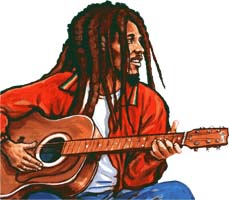Throughout April, we are exploring how Jan Reynolds’ Vanishing Cultures series can be used in the classroom to teach about the environment, geo-literacy, global citizenship, and nonfiction. Today, we want to share how one school has integrated geo-literacy with digital and visual literacy.
Michael Willis and the Kaleidoscope Team at Williston Central School in Williston, Vermont helped their 3rd and 4th grade classroom build a map on Google Maps of the cultures featured in the books. Through this project, students were able to investigate topics and themes in the Vanishing Cultures series, practice deriving information from other formats and develop visual literacy skills, and gain rich social studies/ geography content knowledge.
The Google Maps assignment is an exciting way to engage reluctant or struggling readers, facilitate the participation of visual learners and English Language Learners, or provide an extension opportunity for ready or advanced learners. The 3rd and 4th grade students hope that in addition to deepening their own knowledge about traditional cultures, their project provides useful and valuable information for others.
From educator, Michael Willis: My 3rd and 4th grade team wanted to get an author in to share their experiences with our young writers. Ideally we wanted a local person and sure enough Jan Reynolds, who lives in Vermont, was available. First we hit up our library as well as the others in our area and got our hands on Jan’s Vanishing Cultures series. We read aloud her books, visited her website, and then Jan came.
She shared a movie about her work and travels with our whole team in the auditorium and then spent time answering questions in smaller groups. It was during one of the small presentations that Jan mentioned how great it would be to use Google Maps to highlight her book locations. I thought it would be a great project for our students, and they were motivated to do it by the idea that the project could be shared with other students who read Jan’s books.
Continue reading →









